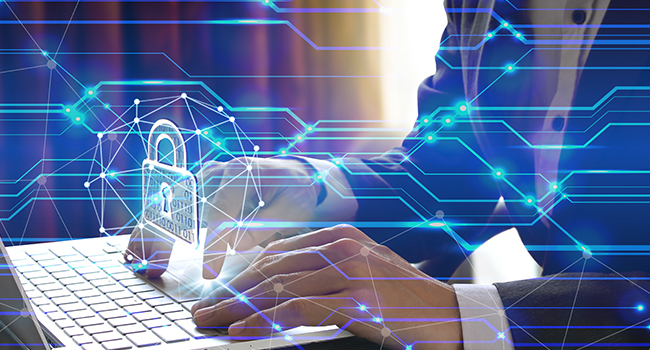
Tips for Conducting a Personal Online Security Audit to Protect Yourself from Threats This Year
What can you do to protect your personal data in 2019?
- By John Heath
- Mar 05, 2019
Billions of consumers worldwide were impacted by security breaches in 2018, with hackers stealing everything from credit card numbers and passport numbers to social security numbers and home addresses. One of the most recent breaches, the Marriott hotel chain breach in November, exposed 500 million people’s information. In this attack, nearly 6.5 percent of the world’s population had their names, phone numbers, email addresses, passport numbers or credit card details exposed.
And if last year was any indicator, 2019 won’t be any safer. Unfortunately, many Americans are confused regarding data breaches. In fact, a recent survey by my firm Lexington Law found that a majority of Americans (56 percent) have never checked if they’ve been affected by a data breach. In addition, only 20 percent of respondents checked for a breach within the last month and 66 percent don’t know what to check if a breach occurs.
So with all this uncertainty, what can you do to protect your personal data in 2019? I recommend conducting a simple personal online security audit, which will help you avoid becoming a victim of cybercrime, including identity theft and identity fraud. Here are three ways you can kick it off:
Review Your Passwords
This may sound like a no-brainer, but many people use the same passwords for multiple accounts, which automatically puts them at a higher risk to be hacked. Review your passwords to see how many you use on a regular basis, what you use to keep track of passwords and how long it has been since you changed them. Also, avoid using identifying information such as your birthday, age, the current year or address for passwords. Once you’ve had the chance to dig deeper into your arsenal of passwords, I’d recommend changing them and using a reliable password manager to help keep track of logins for the hundreds of accounts that many people have.
Take a Look at Your Social Media Accounts
While social media may seem safe enough, unfortunately people unknowingly can give the public a lot of information through social media. Confirm all of the social media platforms that you use and how many social media accounts are yours on each platform. It’s also very important to review social media platforms that you haven’t used in a while or that are outdated to see if any fake accounts exist with your name or face. In addition, review your previous posts for sensitive information such as locations that you’ve tagged to posts and the types of photos you’ve posted recently. Last but not least, double-check your privacy settings for each social media platform. Many social media accounts have the option to limit the people who see your posts to your confirmed friends, which can keep your information more secure.
Check Your Credit Report for Signs of Identity Theft
One of the most unfortunate repercussions of identity theft is how it can damage someone’s credit report. People need good credit to do everything from purchases homes and cars to opening credit card accounts and securing jobs. If someone is a victim of identity theft, their credit score is at risk of plummeting through no fault of their own. To help avoid this issue, regularly check your credit report for signs of inaccuracies or potential fraud and report anything as soon as you see it. Also, for additional peace of mind consider identity theft protection tools such as Lexington Law’s recently upgraded Lex OnTrack, the only product on the market to combine identity protection and credit repair.
Make Sure Your Computer’s Software and Mobile Apps are Up to Date
It’s easy to forget to update your computer’s software and your mobile apps regularly, especially if it requires you to restart your computer or phone. While updating these things can be an inconvenience, the longer you hold off on doing it, the more you’re potentially putting yourself at risk to be hacked. Many software and app updates include enhanced security features and help everything run smoother. After ensuring that all of your apps and software are up to date, check to see if the updates are installed manually or automatically. If you’re the type of person that forgets to manually update, changing the settings to automatic updates could be helpful.
Conducting a personal online security audit does take time, but will give you peace of mind that your sensitive personal information is safe from hackers. I’d recommend conducting an audit like this a couple of times a year, because one small slip up could result in credit corruption, data exposure, a stolen identity or more. By being vigilant you can make sure that your data stays yours alone.